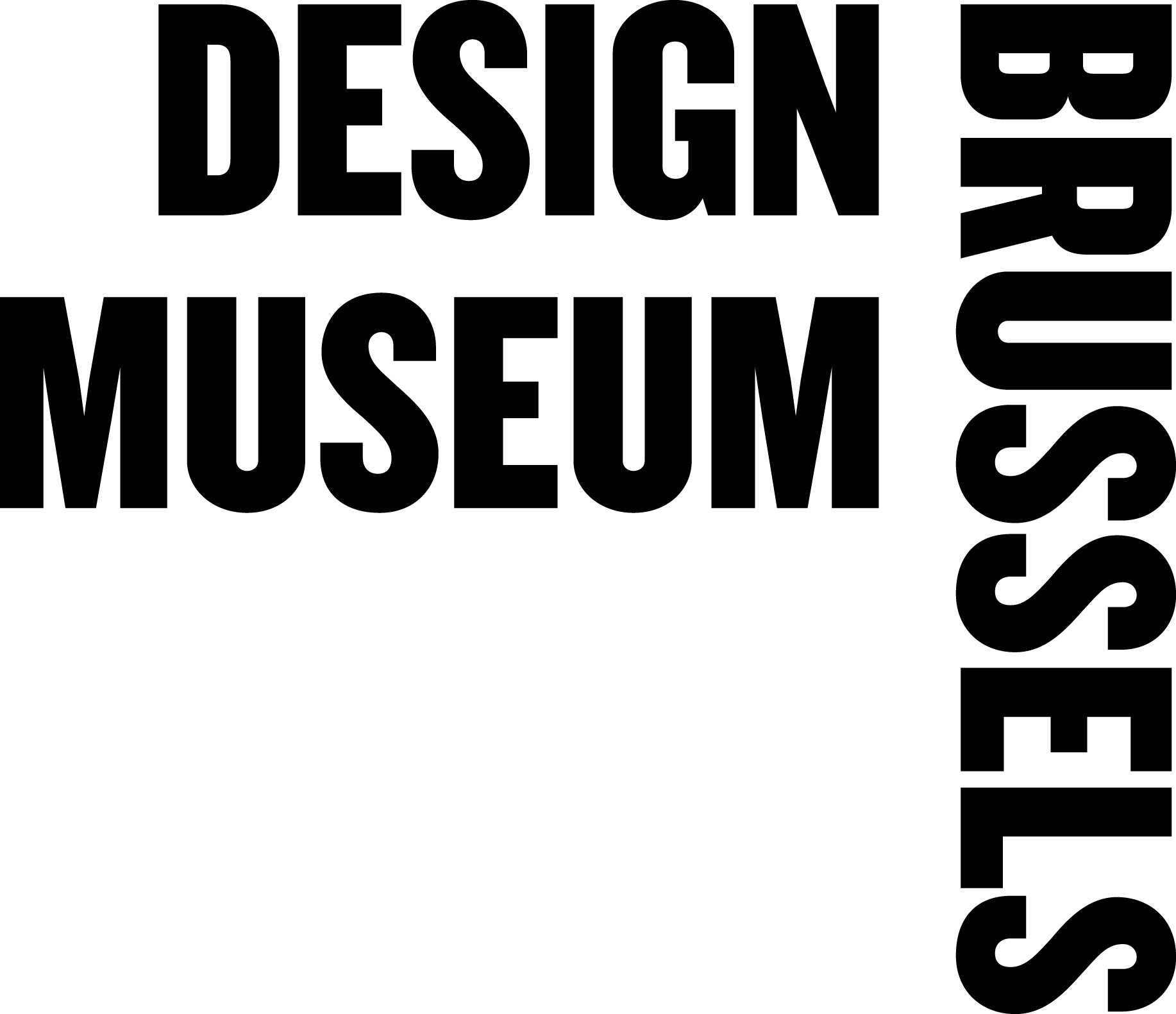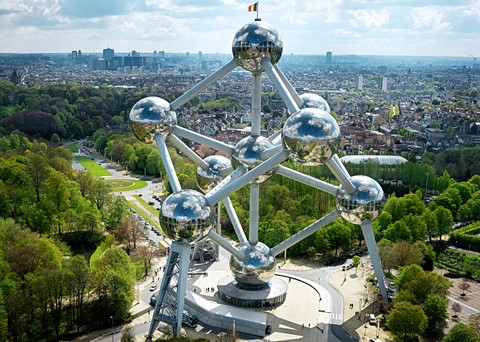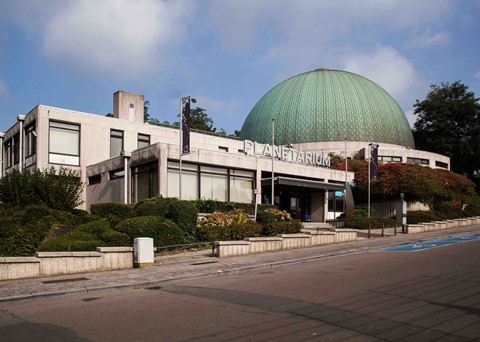Design Museum Brussels
Since 2015, the museum's collection, the Plastic Design Collection, circumscribes the landscape of plastics in design from the 1950s to the present day. Alongside this collection, the museum opened belgisch design belge, a permanent exhibition space dedicated to Belgian design and its history.
Enriched by a programme of temporary exhibitions, the Design Museum Brussels also explores other fields of design creation and its impact on society and our daily lives.
Through exhibitions, guided tours, workshops, conferences and events, the museum aims to ensure that design is intelligible to one and all.

- Monday : -
- Tuesday : -
- Wednesday : -
- Thursday : -
- Friday : -
- Saturday : -
- Sunday : -
- T. +32 2 669 49 29
- Place de Belgique 1 Belgiëplein - 1020 Brussels
- https://designmuseum.brussels
- info@designmuseum.brussels

The Design Museum Brussels is a place dedicated to design and its history. Come and discover all the possibilities of design creation, in all its facets, from the 20th century to the present day. And get there by train, that's class!
------------------------
Enjoy this elegant train trip at a great price: buy your tickets for the Design Museum Brussels and get a 50% discount with the Discovery Ticket!
Buy your e-ticket at https://designmuseum.brussels/ and add a free Discovery Ticket voucher to your shopping basket.
Look out for the Discovery Ticket code on your Design Museum Brussels e-ticket: it's a 16-character code.
Order your Discovery Ticket here.
Print your Discovery Ticket or show the PDF on your smartphone screen when you check in on the train.
Enjoy your journey to Design Museum Brussels!
-
Opening times
06/06/2025 - 02/11/2025: * monday, tuesday, wednesday, thursday, friday, saturday and sunday: from 11:00 to 19:00
A hundred years ago, the International Exhibition of Modern Decorative and Industrial Arts took place in Paris, an event that would come to put a name to the Art Deco style. It would serve as a platform for a young Sylvie Feron (1898-1984), who exposed there. Just as her soon-to-be husband, René Baucher (1902-1983), she was a prolific student of one of the main figures of the movement, the decorative artist, theorist and educator Paul Follot (1877-1941), director of the National School of Decorative Arts in Paris, who hired both of them for his Atelier Pomone. During this early creative period, the couple also worked for Magasins Vanderborght, in Brussels. This exhibition explores the archival material of the couple's design of textiles, lighting, objects, carpets and furniture during that period, with a focus on this constellation of Art Deco characters and retail enterprises. Through an intense production between Paris and Brussels, the "Art Deco" period of the Baucher-Feron couple would become the founding stone of their own studio and furniture shop.
-
Opening times
18/10/2025 - 01/03/2026: * monday, tuesday, wednesday, thursday, friday, saturday and sunday: from 11:00 to 19:00
Through the collection of the Vitra Design Museum, the exhibition Design and Comics: Living in a Box explores design and its relationship to the world of comics. To create a visual narrative that can be understood universally, comic artists have developed codes for conveying information, one of which is the placement of design objects. At the beginning of the 20th century, press agencies imposed comic strips on the American press landscape. As their popularity exploded in Europe in the 1920s, comic artists, led by Belgians such as Hergé and Franquin, began to incorporate design objects to illustrate their work. Comic artists from all over the world followed suit. In the 1930s, readers discovered the expanded format of comic strips in the form of comic books. During the 1940s and 1950s, new genres such as superheroes, horror, romance and science fiction gained in popularity. The more comics were published, the more design objects featured in their drawings. In the early 1960s, as the pop art movement took centre stage, the colourful, fantastical visual language of comic books left its mark on design, as seen in Maurice Calka’s Boomerang desk in 1969 and Eero Aarnio’s Tomato Chair in 1971. The 1970s and 1980s saw the emergence of new talents at the crossroads of design and comics, such as comic artists/designers Joost Swarte and Javier Mariscal. Today, as print versions of periodicals give way to digital formats, graphic novels and manga have become a source of inspiration for remarkable design objects such as the Manga Chairs series (2015) designed by the design studio Nendo. The exhibition Design and Comics: Living in a Box in Brussels will pay particular attention to design in Belgian comics, and more specifically to the Atom style and Franquin’s characteristic Belgian playful modernism.







